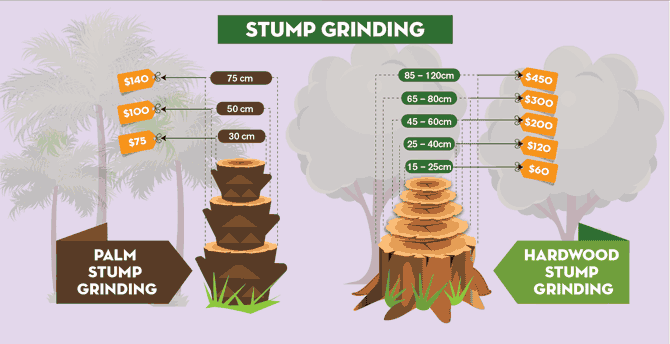Indications It's Time To Remove A Tree - A House Owner'S Overview
Indications It's Time To Remove A Tree - A House Owner'S Overview
Blog Article
Posted By-Merrill Crowder
Trees add beauty and worth to residential or commercial property, however they can likewise posture a threat throughout extreme climate events. If a tree has actually stopped growing, is displaying visible fungal development, or has a leaning trunk, it must be eliminated by a specialist to avoid home damages and injury.
For https://drive.google.com/drive/folders/1Fcf1jog-CLuUIqsupBQs0XleKBYfIB--?usp=drive_link , go to a house owner source reasonable co-hosted by HPD, the Center for NYC Neighborhoods, and Brooklyn-based real estate companions this evening in Bedford-Stuyvesant. The occasion will include the House owner Manual, a new guide to help home owners navigate the duties of possessing a home.
1. Dead or Dying Branches
Trees are an integral part of your home's landscape, using color and appeal. click here for info give sanctuary for wild animals and produce oxygen, however even healthy and balanced trees can experience health issue that may necessitate their elimination. Dead or passing away trees aren't just unattractive, they can be dangerous. how to become certified arborist can drop throughout a tornado, resulting in costly residential or commercial property damage and injuries.
When a tree's branches start to die, it indicates that its structure is starting to break down. If most of its branches are dead, it is likely time to remove it.
Seek an absence of new growth, bark peeling, open injuries or tooth cavities, fungi expanding on the trunk or origins and a general appearance of degeneration in the whole cover. These indications of infection can indicate a severe issue that will call for expert tree services to settle.
2. Leaning Trunk
While it's regular for trees to lean once in a while due to phototropism, if a tree has a harmful or serious lean that's not because of natural processes - it could be an indicator that the tree needs to be removed. If the tree is favoring a high-voltage line, home, automobile, play structure or any other area that could be unsafe to people if it falls, then getting in touch with a professional tree solution for elimination need to be a leading concern.
It's likewise crucial to look for any sudden changes in a tree's leaning as it can indicate damage to the roots or trunk that might cause falling. This is particularly true throughout stormy weather, since high winds and rain-soaked dirt can cause a lean to change swiftly. Routine monitoring, particularly throughout and after storms can aid homeowners acknowledge possible problems with their trees so they can call an arborist for a detailed evaluation.
3. Pest Infestation
Some pest problems, such as wood-boring bugs like emerald ash borer or sap-suckers like scale pests, are so severe that they can trigger a tree to die. The best way to prevent pest invasion is to monitor your trees on a regular basis. Try to find areas, holes, or discolorations in the leaves and bark. Analyze the trunk for splits and indicators of insect damage, such as passages or tracks.
If a tree comes to be too infested with bugs, or is close to a home or power lines, an arborist might advise removal. If a leaning tree develops a new, unstable lean, an arborist will likely recommend removal as well to ensure the security of people and residential property. If a weakened or dead tree consistently drops too much branches, it is an indication that it is time to remove the tree. If a tree remains to lose branches for an extensive time period, it could lead to structural troubles and potential home damages.
4. Harmed Trunk
Trees are a gorgeous and fundamental part of our landscape, but they do require regular like keep them healthy and balanced and secure. If a tree is damaged beyond repair it is likely time for it to come down.
Seek signs of damage to the trunk, including upright splits, seams, dead branch stubs, noticeable injuries or open tooth cavities and serious tree-rot. The visibility of fungi at the base of the trunk is one more alerting indication. Fungi might suggest that the phloem and xylem (life-support cells) are jeopardized, allowing for the spread of condition or a future failing.
Also, take into consideration whether the tree has stopped growing. Healthy and balanced trees will have new development yearly, which might show up as buds or branches growing and extending. If you do not see any kind of new growth, it's a great concept to have an arborist examine the tree and follow their recommendation for removal. A passing away or harmed tree can drop and trigger building damage.